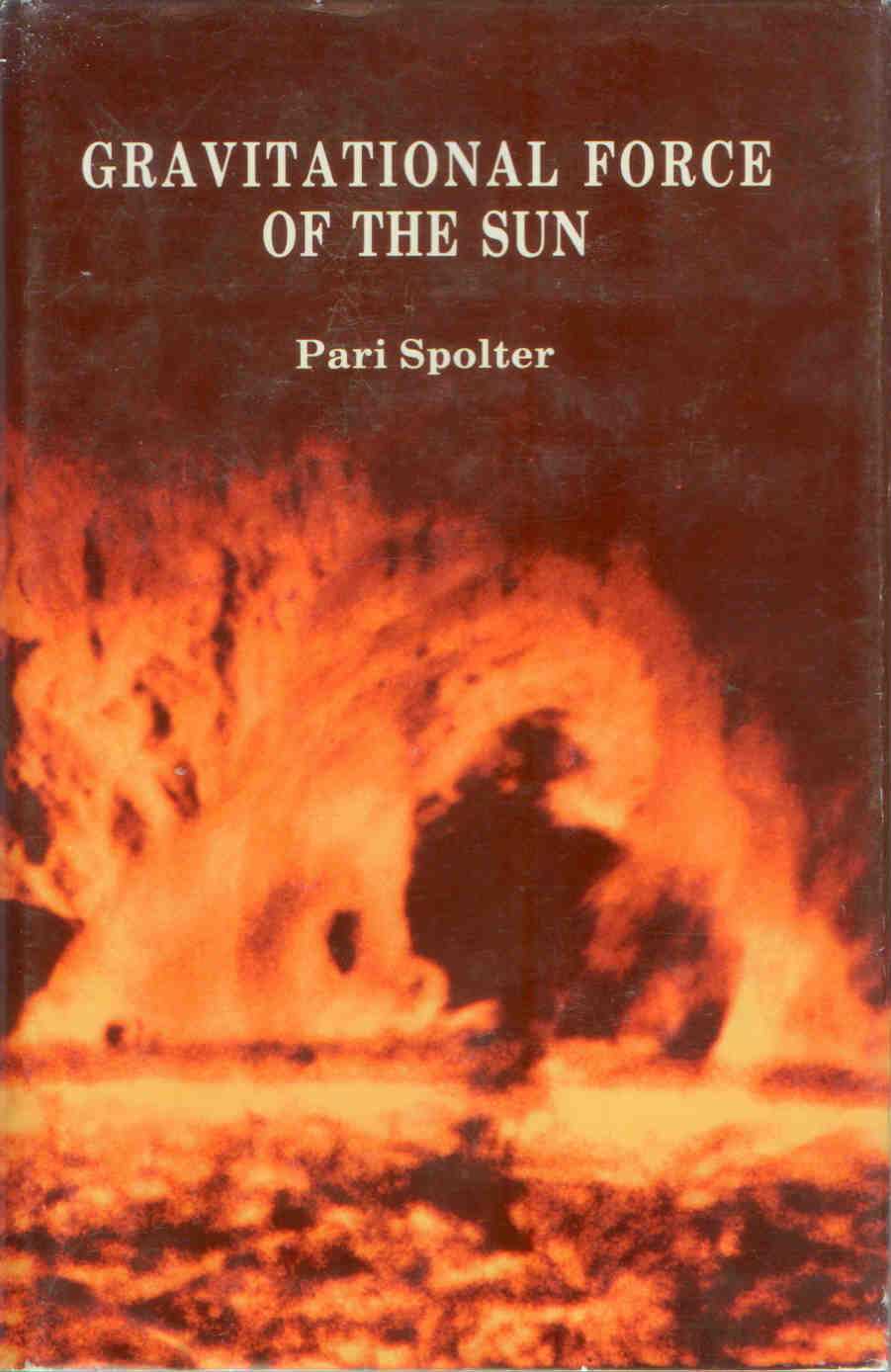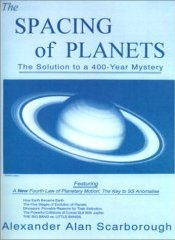Pages: 260
Publisher: Orb Publishing Co.
Year: 1994
ISBN: 0963810758
ISBN: 978-0963810755
THE NEXUS MAGAZINE, pages 4-5, December 1996-January 1997. I am writing to thank you for reviewing a book called "Gravitational Force of the Sun," by Dr. Pari Spolter, in NEXUS, June-July 96 (vol. 3, no.4). I bought the book to find out how to calculate the gravitational force of celestial bodies, for a project I'm working on, thinking it would be a well-understood and thoroughly documented area of research beyond controversy-more fool I! Dr. Spolter exposes the fundamental mathematical errors in both Einsteinian and Newtonian theory with such elegance and ease that even a mathematical recalcitrant like myself was inspired to recall my high-school mathematics (last used in anger 20 years ago!) to follow her working out. No, I am not making this up: I voluntarily engaged in strenuous mathematics for my own enjoyment! "Gravitational Force of the Sun" is very focused. Dr. Spolter successfully knocks the pins from under two great, unchallenged theories of science by reviewing the original documents that Newton wrote and examining the mathematics and assumptions that Einstein and Newton used. I have seldom before read a more thorough hatchet job. She must be a relentless researcher with prodigious memory and intellect. The book is not negative. Dr. Spolter shows Kepler's contributions to be far greater than I previously suspected (Kepler's work is the foundation she builds her work on), and what she tears down she rebuilds. With this book I can go forward in my project: without it I would be doomed to failure. Thank you, Dr. Spolter, and thank you, NEXUS. Regards, Paul M., Sydney, NSW, Australia.
View count: 1
Pages: 3
Publisher: Alex A. Scarborough
Year: 1975
ISBN: NA (Pamphlet)
Download and read it now
Pages: 136
Publisher: Authors Choice Press
Year: 1996/2000
ISBN: 0595155901
ISBN: 978-0595155903
In this revolutionary work, Scarborough takes us from the Copernican idea of our sun-centered Solar System to the recent discoveries of giant exoplanets as he seeks to do no less than rebuild the foundations of knowledge of the origins and evolution of planets. A retired researcher, he offers new answers to questions that have puzzled philosophers for centuries: How did Planet Earth come into being? How and why did the planetary orbits of our Solar System form in a mathematical pattern? The answers will cause scientists to rethink beliefs about the origins and evolution of planets.
Scarborough addresses these profound questions with powerful substantive evidence that voids the need for speculative uncertainties now common in current theories of planet formation. The book opens with an insightful and startling account of his solution to the new Fourth Law of Planetary Motion explaining how the nebulous planetary masses attained their orbital spacing around the sun. With Kepler's Three Laws of Planetary Motion, the Four Laws reveal the explosive, dynamic origin of our Solar System some five billion years ago, and thus challenging the modified Laplace accretion concept of planet formation.
The author then gives definitive insights into how and why each planet evolves through five common stages of evolution in full accord with size.
Pages: 129
Publisher: Infinity Publishing
Year: 2005
ISBN: 074142830X
ISBN: 978-0741428301
The author discovered that the atmosphere of neutrinos is the aether scientists have searched for centuries. He further discovered a brand new physics of both universal phenomena and cosmology, which is the subject of this book. However, the no-aether theory (of relativity) of Einsteins-based modern physics and modern cosmology have been the only officially accepted science over the past century. The two sciences however contradict to each other and one of them must be wrong.
Either no-aether or having-aether is the only real science, not both. The book offers conclusive scientific evidence to prove that the newly discovered aether science is the only real science. After all, if Einstein was correct, aether and its science should never been found.
The new aether science given in this book therefore has joined the Galileo physics of mechanics to become the fundamental nature science for all.
Pages: 250
Publisher: Basic Research
Year: 1987
ISBN: 9197077569
ISBN: 978-9197077569
Websites: www.newphys.se/teden/Tedenstig



